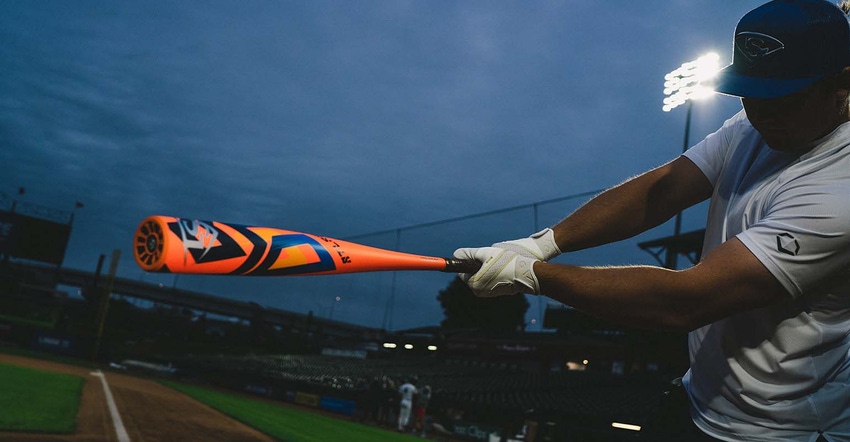The company, which has been making baseball bats since 1884, uses 3D printing to give players that extra edge.
March 24, 2023

The crack of a baseball bat is a sound that has been heard for centuries, signaling to fans that summer is here or rapidly approaching. The classic nature of a baseball bat, however, doesn’t mean that it is immune to the charms of new technology. Louisville Slugger, which has been making bats since 1884, is embracing 3D printing as a tool for the design and manufacture of aluminum and composite bats used by youth and collegiate baseball players.
Lousiville Slugger’s Slugger Innovation Center develops ways to improve equipment that can give players that extra edge. At the Innovation Center, product designer John Steel uses 3D printing in combination with more traditional manufacturing and prototyping tools to iterate bat design and manufacture. In particular, he uses a Formlabs’ Form 3 stereolithography (SLA) 3D printer to create prototypes and manufacturing aids.
Steel has a long history with 3D printing, having worked at an iron and steel foundry and product design startup that both used the technology. At the Slugger Innovation Center, he works with lathes, a CNC metal shop, and a composites workshop as well as 3D printers.
“We’re able to rapidly produce prototypes for quick iteration and testing,” Steel says. “We use it every week, and if we’re working through a new design, we’ll iterate on it every day. 3D printing is a great tool to reduce the amount of time it takes to get to market. You can use it from prototyping to problem-solving — prototyping the initial design to problem-solving final manufacturing.”
|
The SLA 3D printer allows Louisville Slugger to accelerate product development and reduce time to market. |
3D printing is valuable for prototyping both because of its speed and its accuracy. Steel uses his 3D printers to create mockups that look and feel exactly like the final product will.
“I’ll have an idea, design it, and send it to the printer in 30 minutes, then bring it to the next meeting. 3D-printed visual aids are worth their weight in gold,” he says. “Oftentimes when looking at 3D renderings, we lack scale. Printing parts helps when attempting to reference how something compares in size along with being able to test ergonomics and fitment into existing products.”
Steel also uses 3D printing to create silicone molds. Without access to 3D printers, the company would have to send away for aluminum tooling. However, they can now 3D print the positive geometry, back pour in silicone, cut the silicone mold apart, and use the resulting negative to create other parts. According to Steel, the fine print quality of SLA reduces the need for post-processing. In addition, any design flaws are readily apparent and can be remedied quickly, rather than having to go back and forth with an outside vendor.
Louisville Slugger plans to continue to use 3D printing in the future for additional applications. The technology is excellent for the quick problem-solving necessary for fast and accurate production. The rapid iteration 3D printing makes possible allows Steel and others at the Slugger Innovation Center to keep up with demand, and to ensure that the crack of a bat will be heard for years to come at all levels of play.
About the Author(s)
You May Also Like



